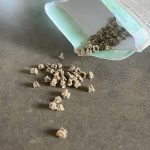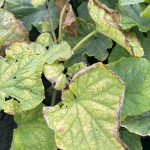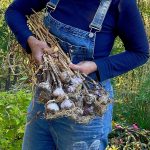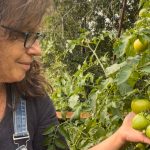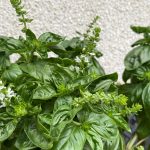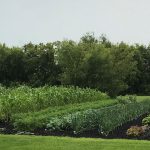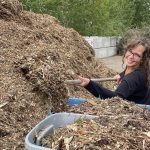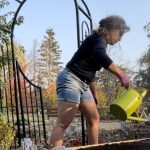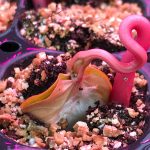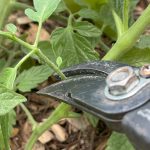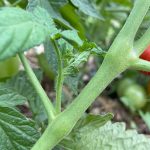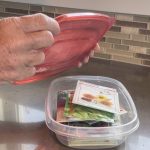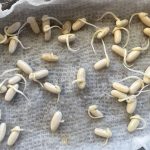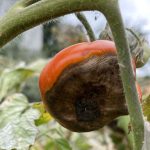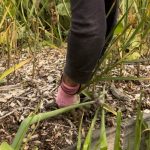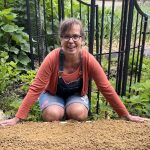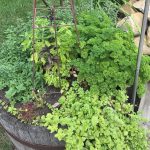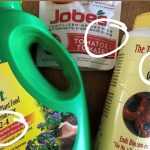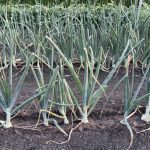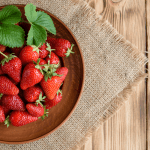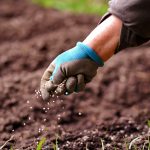Alberta and the rest of the Canadian Prairies are perfect for growing vegetables. Summer’s extended day length and big skies pour down sunshine, making vegetables explode with growth.
Having a vegetable garden isn’t reserved for those with large yards; balconies, porches, decks, and raised beds are new, innovative places and ways to grow these tasty foods.
This blog is all about practical tips for when to plant a garden in Alberta, or any other Zone 3/4 growing zone.
We’ll look at how to know your garden is ready to be planted, factors that affect vegetable garden seeding and planting times, if you should start vegetable seeds indoors, and which vegetables transplant poorly.
In addition, we’ll talk about where to plant a vegetable garden and the top vegetables to grow in Alberta.
I have compiled all of this information into a downloadable chart available from my online store: A Comprehensive Guide to Planting and Seeding Vegetables in Zone 3 and 4 Gardens
So, let’s dig in.
Where to Plant a Vegetable Garden
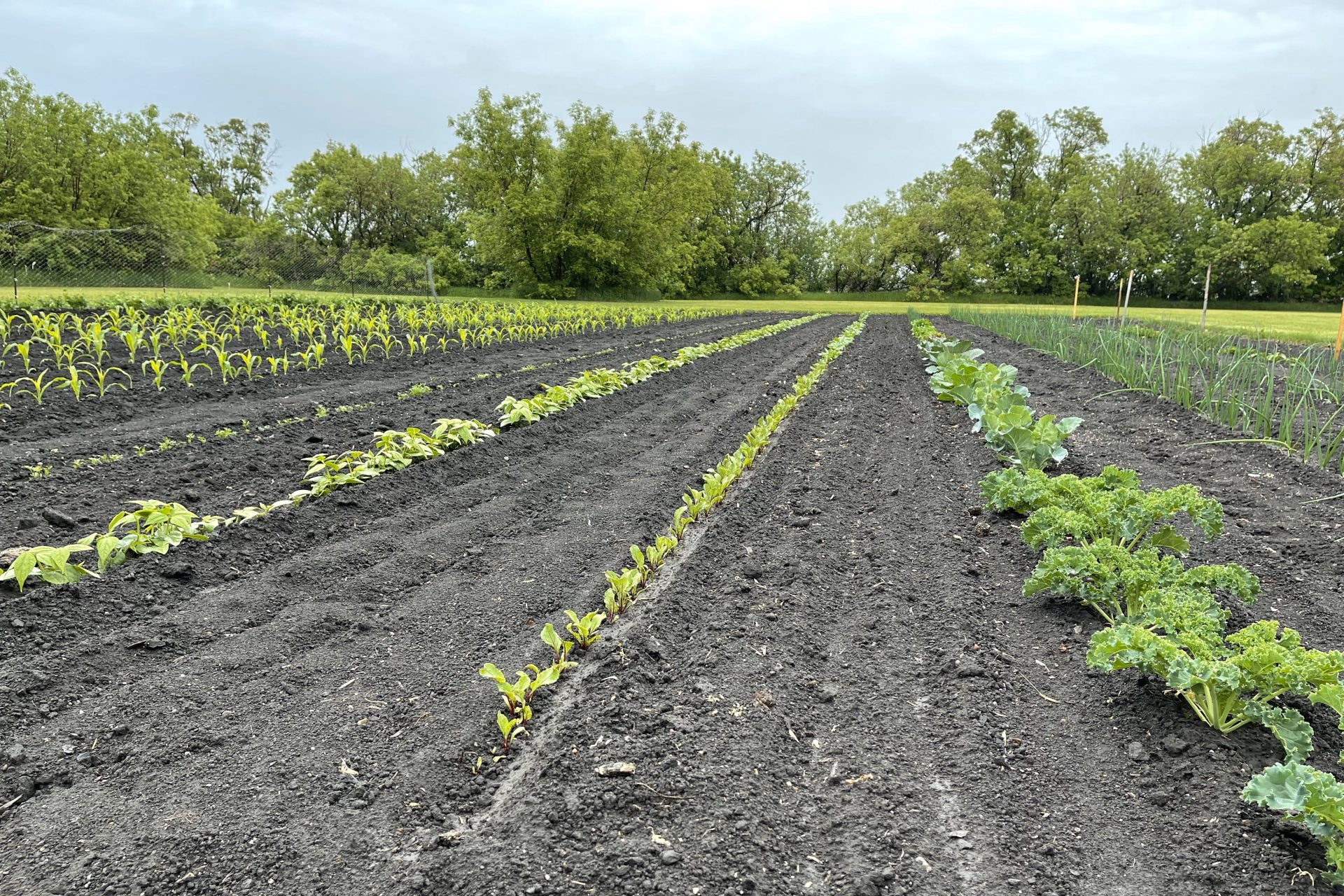
Vegetables can be grown anywhere as long as there is enough sunshine.
The best place to grow vegetables is in a space that receives at least eight hours of direct sunshine a day. Sunlight drives a plant’s photosynthesis machine, and the more sunshine a plant receives, the better it will grow & mature.
Vegetables can be grown in pots or containers, raised beds, and in the ground.
Soil quality matters for growing vegetables, too. Rich, loamy soil, high in organic content is best. High quality soil will absorb water and nutrients and allow excess moisture to drain. Vegetables prefer evenly moist soil. Soggy, poorly draining soil leads to root rot and other diseases.
Top vegetables to grow in Alberta
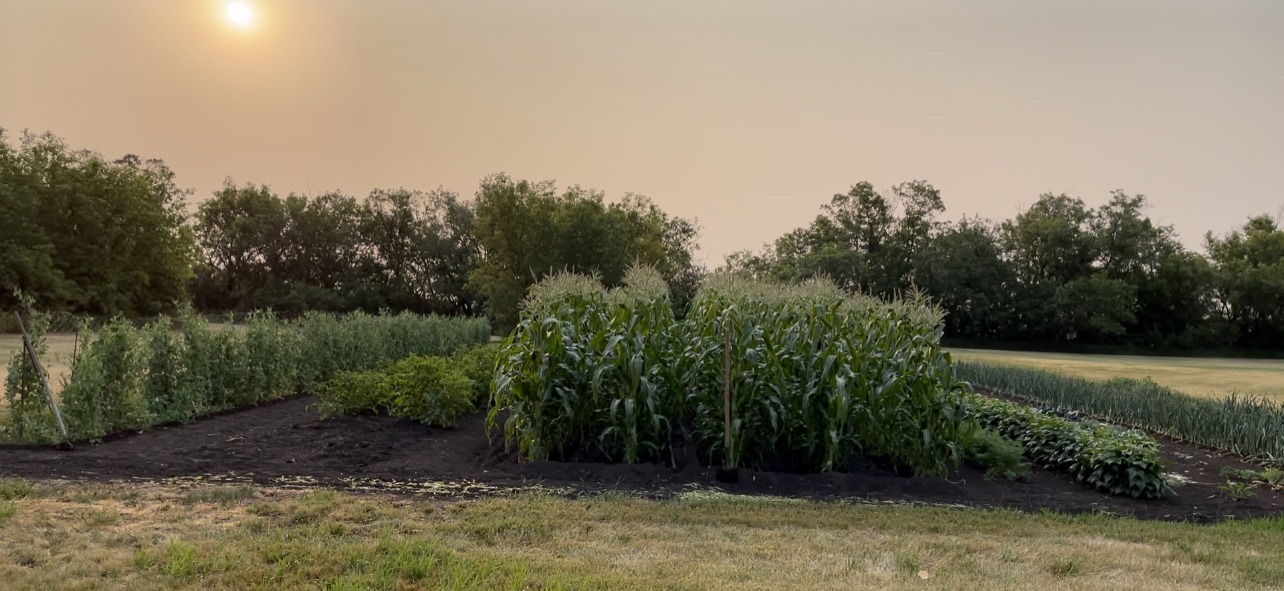
Vegetables are simple to grow in Alberta because of our long summer days. Most vegetables thrive in our climate except for sweet potatoes because sweet potatoes take a long time to mature and develop tubers. It freezes too early in our environment to allow that to happen.
If you’re new to vegetable gardening, the most straightforward and top vegetables to grow in Alberta are beans, peas, carrots, tomatoes, and potatoes.
Individual vegetable crops can be grown alone, or you can pair them with other vegetable companions. Check out this link to my vegetable planting guide and chart below:
Related: The Ultimate Vegetable Companion Planting Guide from A-Z [+Chart]
When to Plant a Garden in Alberta

The growing season in Central Alberta is short. Timing is essential as the threat of frost always hangs a little in the background. We can count on about 115 frost-free days, some years are more, and other years are less, and with our abundant sunshine, we can make that work. Most vegetables can mature during that time frame.
Most in-ground and raised bed gardens are ready to be worked by the end of April or the beginning of May. The exact moment this can happen depends on the weather and when the snow has melted.
The calendar gives us a starting point, but the secret of how to tell your garden is ready.
How to Know Your Garden is Ready to Plant
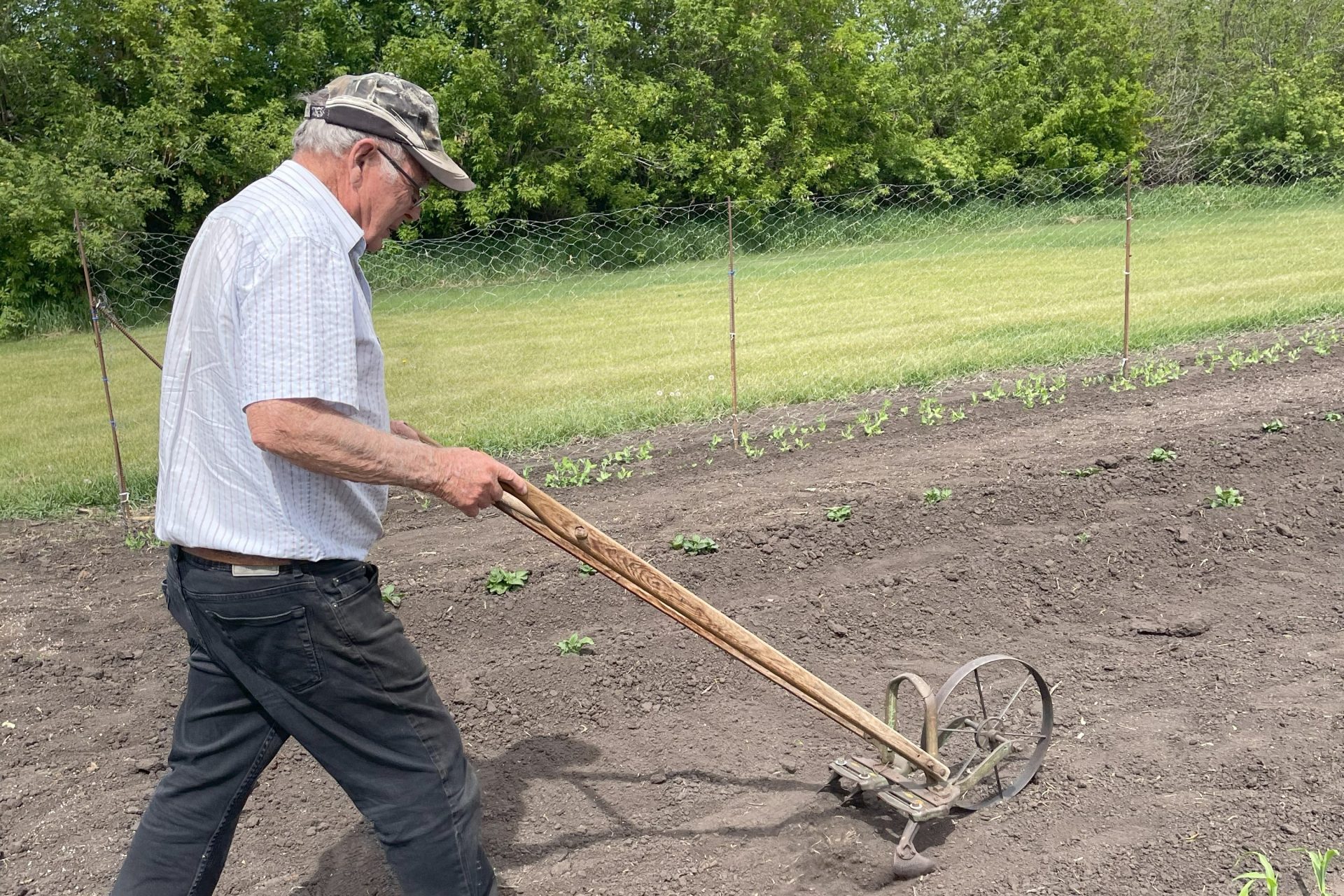
The Air Temperature Has Warmed
The threat of frost isn’t gone in the Edmonton growing zone until the second week of June, but it’s usually patchy and occasional if there is frost in May. Your garden should be accessible once the weather has warmed up to at least 10 C (50 F) for two weeks.
The Soil has Warmed and Dried Down from Snowmelt
An in-ground or raised bed garden is ready for planting after the snow has melted and the soil has warmed and dried down. It’s hard to cultivate frozen, soggy, or muddy ground. Getting into a garden with wet soil causes the air spaces to compact and does more damage than good, so stay patient. Waiting is better for soil health.
Once the soil is ready, loosen it to make it more malleable to seed & plant. Preparing the earth improves water absorption, slows new weed growth, and disturbs overwintering pests.
How you choose to cultivate the soil is up to you. The ground can be with machinery like rototillers or using a spade by hand. Some people prefer to skip this step in a ‘no-till’ method.
The right soil temperature is critical for seed germination. Each vegetable has its own minimum and optimal temperatures for germination.
A seed won’t do anything if it is sown below its minimum germination temperature. It will just lay in the soil and be a seed sitting in the ground. Seedlings that grow after an extended time sitting in cold, wet soil tend to be weaker and less productive. If seeds stays cold and wet long enough, they may rot.
You can test soil temperatures with an instant-read thermometer to assess whether your soil is ready for seeding or planting. Optimal germination temperatures are often indicated on seed packages, and they are included in my downloadable vegetable timing chart.
Related: Rob Spencer from Spencer Horticultural Solutions has a great article on germination temperatures for vegetables called ‘Seeds & Temperature‘.
Other Factors That Affect Vegetable Garden Seeding and Planting Times

1. Vegetable ‘Days to Maturity’
‘Days to Maturity’ is indicated on most seed packages, but its meaning is confusing. The use of the phrase has been inconsistent over the years. Days to maturity can mean how many days it takes a plant to be ready to be transplanted outdoors, how long it takes a plant to have a fully mature fruit from seed, how long it takes a plant to bloom, or how long it takes a vegetable to mature after it blossoms.
So what to do with this??
Use ‘Days to Maturity’ as a rough gauge for how long it takes to grow mature vegetables. Use it to compare varieties of the same kind of vegetable and different vegetables. For example, you can seed different types of peas with short and longer maturity times to extend production.
‘Days to Maturity’ can guide the order for seeding crops in your garden. It also helps determine if you should sow a vegetable indoors. Crops with long maturation times, like broccoli, cauliflower, and tomatoes, benefit by being seeded indoors.
Plant the longer maturation crops, like corn, first. Crops that mature more quickly, like lettuce and radishes, are more flexible. They can be seeded a little later and can be sown in succession for multiple crops because of their speedy maturation.
2. Vegetable Temperature Growing Preferences
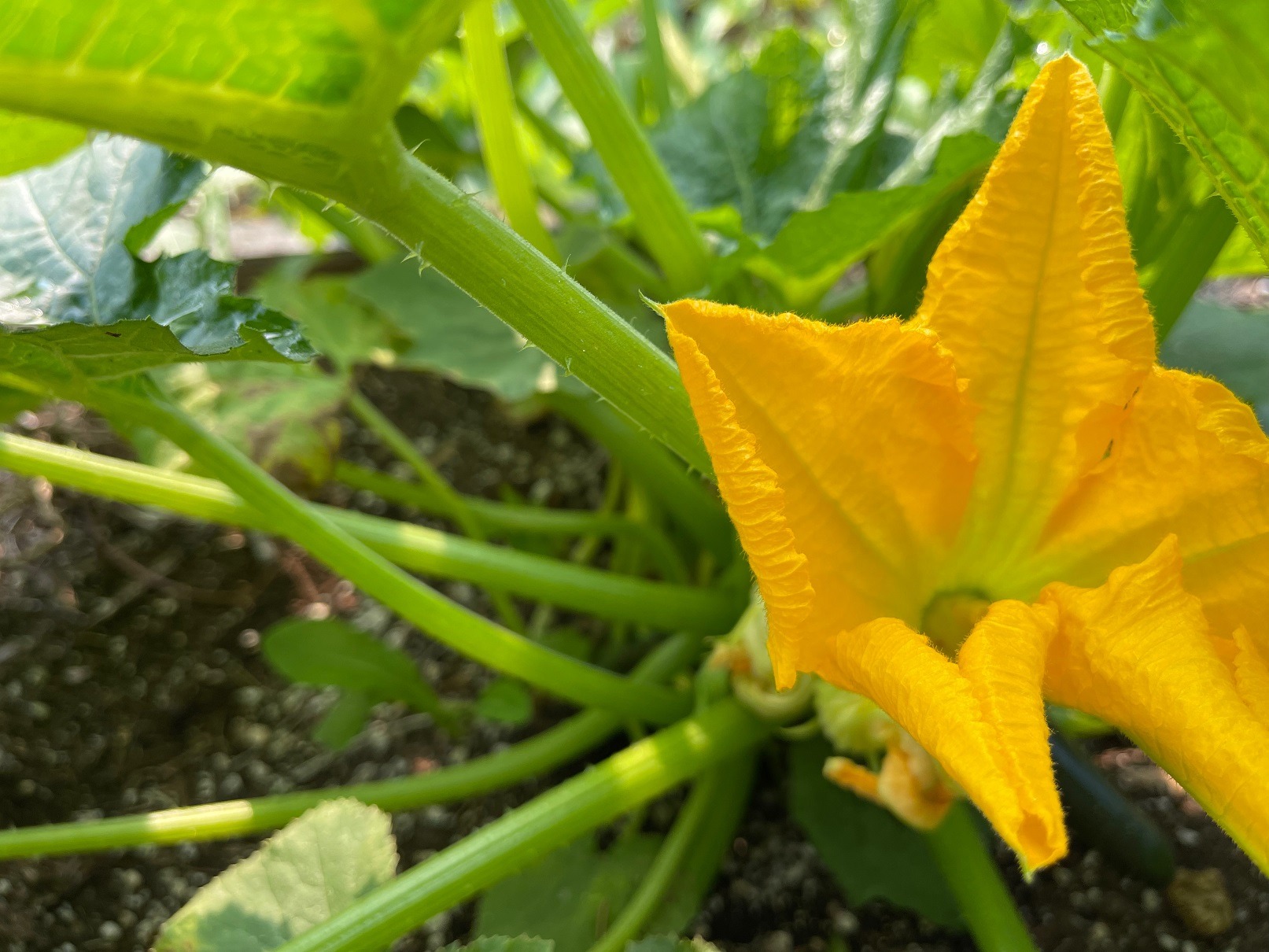
Not all vegetables like the same growing conditions. Crops like beets, peas, and radishes prefer to grow in cooler temperatures. Hot weather will cause them to either bolt or not produce. Seed or plant cool weather lovers in early spring, so they complete most of their maturation when the weather is cooler.
Other crops like beans, pumpkins, squash, and tomatoes, are susceptible to cold and frost. In our climate, these vegetables work best seeded indoors and transplanted outdoors in early June, when the threat of frost has passed.
3. Seed Quality

Fresh seed is critical for gardening success. Seed viability or effectiveness is influenced by light, moisture, heat, physical damage, and time. Each factor diminishes seed viability proportionate to the time of exposure.
Store seeds in a cool, dark place in airtight containers until you are ready for them. A refrigerator at 3-5C (37-41F) is perfect for seed storage.
If you have old seeds on hand, do a quick germination test to check their viability. Place 20 or so seeds between damp paper towels on a plate (I use a pie plate) and cover it with plastic to keep them from drying out.
Check the seeds daily to see if they sprout. Once most of them have, calculate the percentage that germinated. If it is below 80%, know that you will need to sow those seeds thicker to get a good stand in the garden.
Related: Seed Germination Testing Methods
Should you Start Vegetable Seeds Indoors?
The reality of living in horticultural zone 3 is that we are up against the clock every growing season with our 115 frost free days. The purpose of seeding vegetables indoors is to give plants a jumpstart to mature.
Start vegetables that take a long time to mature or are sensitive to the cold indoors to get them growing while we wait for the temperatures to be warm enough to plant them outside.
Some vegetables, like lettuce and other leafy types, can be started indoors to get an early crop going and then direct sow successive crops later.
All this being said, some gardeners prefer to direct sow all of their vegetables.
Which Vegetables to Start Indoors:

These vegetables are able to be started indoors and successfully transplanted.
- Celery – a cool weather loving crop with a long maturation time
- Cole Crops (Brassicas) – broccoli, Brussels Sprouts, cabbage, cauliflower, kale, kohlrabi
- Cucumbers – a cold sensitive crop with a long maturation time
- Lettuce/Leaf Crops – a cool weather crop with a quick maturation time. Sow indoors to get an early harvest, and then direct seed later for successive crops. Sow warm weather tolerant lettuces in late June.
- Onions – a cold weather lover with a long maturation time
- Peppers – a cold sensitive crop with a long maturation time
- Pumpkins – a cold sensitive crop, transplant outdoors at the beginning of June
- Tomatoes – a cold sensitive crop, maturation times are all over the map
- Squash – a cold sensitive crop, transplant outdoors at the beginning of June
- Swiss Chard – sow indoors to get an early crop, and then direct seed later
- Zucchini – a cold sensitive crop, transplant outdoors at the beginning of June
Vegetables that Should Not Be Started Indoors
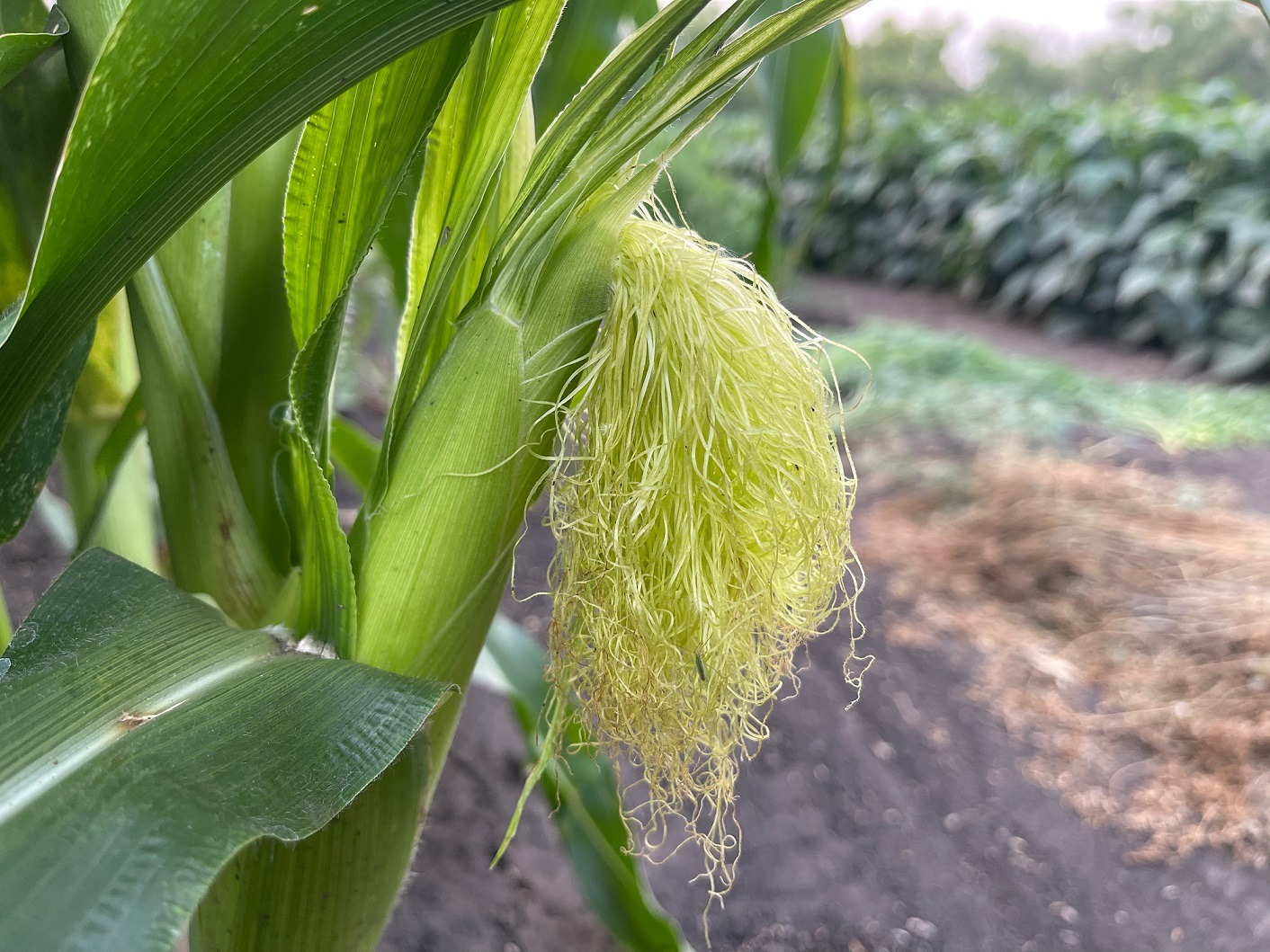
Some vegetables hate being transplanted and they will not thrive.
The vegetables on this list do not do well as transplants; they stay short and aren’t very productive. Sow these directly into a garden, a raised bed and even a pot:
- Corn – sow directly into gardens, raised beds, but NOT in pots or containers. Transplanted corn has stunted growth and produces tiny cobs. Sow corn in the first few weeks of May; it is a long maturing crop, taking up to 90 or 110 days.
- Peas & Beans of any kind – sow in all the ground, raised beds, and in pots. Transplanting inhibits growth and productivity. You can have more success and save money by seeding them directly. Both peas & beans may need trellises.
- Radishes, Carrots, Parsnips, Potatoes, Turnips – sow directly in a garden, raised bed, or pot. Transplants don’t thrive.
Looking for More on Vegetable Gardening?
Check out my library of blogs on the following Growing Food topics
- How to Plan and Design a Garden in 4 Simple Steps
- The Secret to Growing Great Strawberries in Planters and Hanging Baskets
- How to Grow the Best Tomatoes in Alberta
- How to Grow Basil in Alberta
- How to Grow Great Cucumbers in Alberta
Why Grow Vegetables?
There are so many fantastic reasons to grow vegetables, even in the arguably difficult terrain in Alberta. Homegrown vegetables are good for our well-being: nutritionally, physically, and mentally.
With your hands in your garden, you get to be the master of your food quality. You will know how it was grown and what was put into it. Vegetables you grow yourself have a greater depth of nutritional value and the hobby provides a fun and productive reason to spend time outside.
And besides, fresh garden vegetables taste amazing.
©Sharon Wallish Murphy ©Gardening with Sharon


